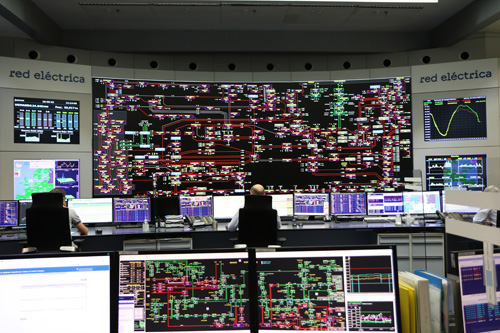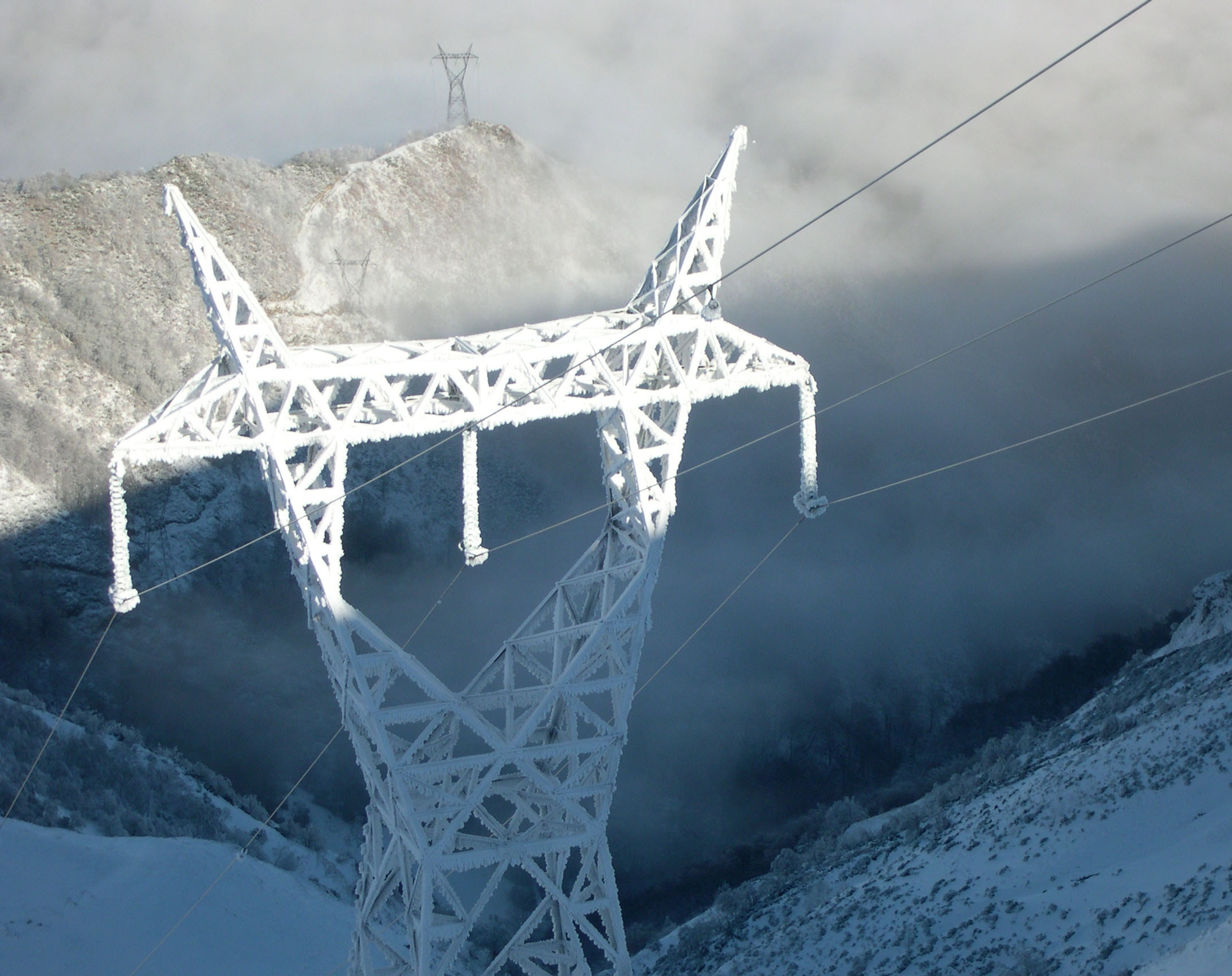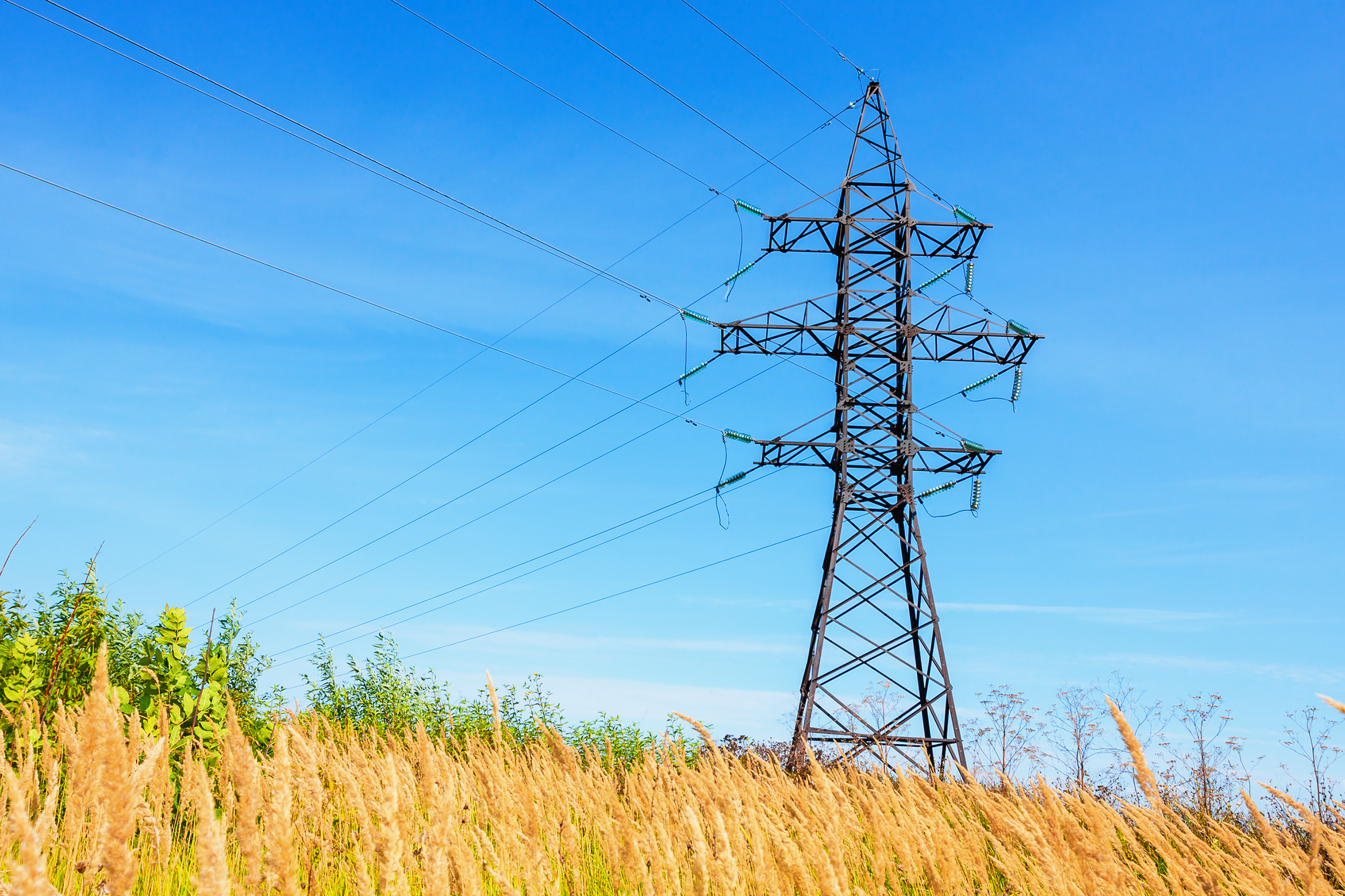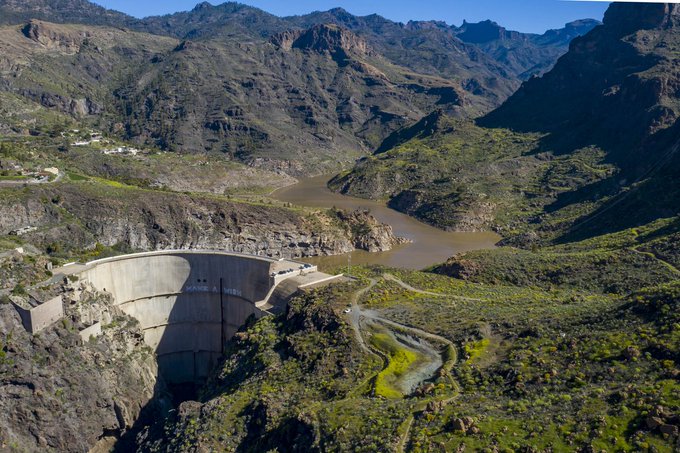For 40 years, we've been driving our country's economic and social progress. Four decades shaping Spain.
Renewables account for 43.6% of electricity generation in 2020, their highest share since records began
- In Spain, generation from technologies which produce zero CO2 emissions accounted for 66.9% of the total national production, thus making 2020 the year with the cleanest energy since records began in Red Eléctrica de España (2007).
- Coal-fired generation has been reduced by 60% with respect to 2019, reaching only 5,064 GWh and marks its all-time minimum annual production level and share in the Spanish generation mix (2% of the total).
- Red Eléctrica de España today presented the main data on the performance of the electricity system in its forecast for the end of 2020, a year in which national demand is estimated to reach 249,716 GWh, a value that is 5.6% less than in 2019.
In 2020, renewable technologies produced 43.6% of all electricity in Spain and thus recorded their largest share in the generation mix since records began (2007), according to data presented today by Red Eléctrica de España (REE) in its year-end forecast and which provide a preliminary outlook on the main figures for the year based on forecasts as at 11 December. The share of green energy generation in 2020 is 6.1 percentage points higher than that of 2019 and is 3.2 percentage points higher than the previous maximum annual share recorded in 2014.
Spain generated 109,269 GWh of electricity from renewable sources in 2020, 11.6% more than in 2019; despite the fact that total electricity production was 4% lower, totalling 250,387 GWh. Wind, responsible for just over one fifth of overall production (21.7%), was the renewable energy source with the greatest share in a generation mix which in 2020 was second only to nuclear (22.2%) and followed by combined cycle (with a share of 17.8% of the total), hydro (11.9%), cogeneration (10.8%) and solar photovoltaic which, with a year-on-year increase in its generation of 65.9%, accounted for 6.1% of the overall national generation mix at year-end.
One of the technologies which in 2020 has also been a protagonist is coal but do to the fact that coal-fired generation has reduced its production by 60% compared to 2019, reaching only 5,064 GWh and recording its all-time minimum annual production level and share in the Spanish generation mix (2% of the total).
The forecasts for the end of 2020 published today by Red Eléctrica provide a preliminary outlook of some of the results linked to the progress being made in the energy transition; a commitment in which the Spanish Government, through its Integrated National Energy and Climate Plan (NECP), is fully immersed and whose goal is that 74% of all Spanish electricity generation in 2030 comes from renewable sources.
An overall set of power generating facilities that is increasingly renewable
This boom in renewable generation has pushed 2020 to also be the year with the highest production of CO2 free energy since records began (2007). Thus, and again according to the year-end forecasts published by Red Eléctrica de España, 66.9% of total GWh of electricity generated in 2020 comes from technologies that do not emit greenhouse gases. Thus, the emissions derived from the generation of electricity have also been reduced by 27.3 % with respect to those of 2019.
The maximum share of green and clean energy production in 2020 is mainly due to climate conditions that were favourable to the greater use of wind and sun as natural resources and the increase in renewable power capacity installed in the complete set of national power generating facilities, which in 2020 adds 2,706 new MW of wind and solar photovoltaic power capacity, while reducing the presence of polluting technologies, mostly coal-fired power stations, by 3,486 MW. All in all, Spain's installed power capacity currently stands at 109,674 MW, of which 53% corresponds to renewable technologies.
A variation in this figure is expected between now and the end of the year, among other reasons, due to the incorporation of new renewable power capacity and the permanent decommissioning of generation units 1 and 2 at the Guardo thermal power station (in Palencia), which represent a reduction of 486 MW of polluting power in the complete set of national power generating facilities.
Electricity demand suffers from the effects of COVID-19
In 2020, the demand for electricity in the Spanish electricity system is estimated at 249,716 GWh, 5.6% less than in 2019. After having factored in the influence of seasonal and working patterns, the fall in the national demand for electricity remains at 5.6%, driven down mainly due to the COVID-19 pandemic which has slowed down economic activity to the point where, in some situations, it has fallen by up to 20% compared to equivalent periods in the previous year. By electricity systems, the Balearic Islands system was the one that showed the greatest decline (19.6% compared to its demand in 2019), followed by the Canary Islands (10.3%), the Spanish Peninsula (5.1%), Ceuta (3.7%) and Melilla (0.9%).
20 January 2020 at 8:22 p.m. was the moment when the maximum demand was recorded in the peninsular electricity system, reaching a consumption of 40,423 MW, slightly lower than that recorded in 2019, which stood at 40,455 MW. The peninsular consumption peak in 2020 is 11.1 points below the all-time high value of 45,450 MW, reached in 2007.
Continuing with the trend experienced over the last five years in international physical energy exchanges, the peninsular electricity system closes 2020 with an import balance of 3,857 GWh, 43.8% lower than that registered in the previous year. The exchange balance is the result of the import of 18,687 GWh and the export of 14,830 GWh carried out during this year.













